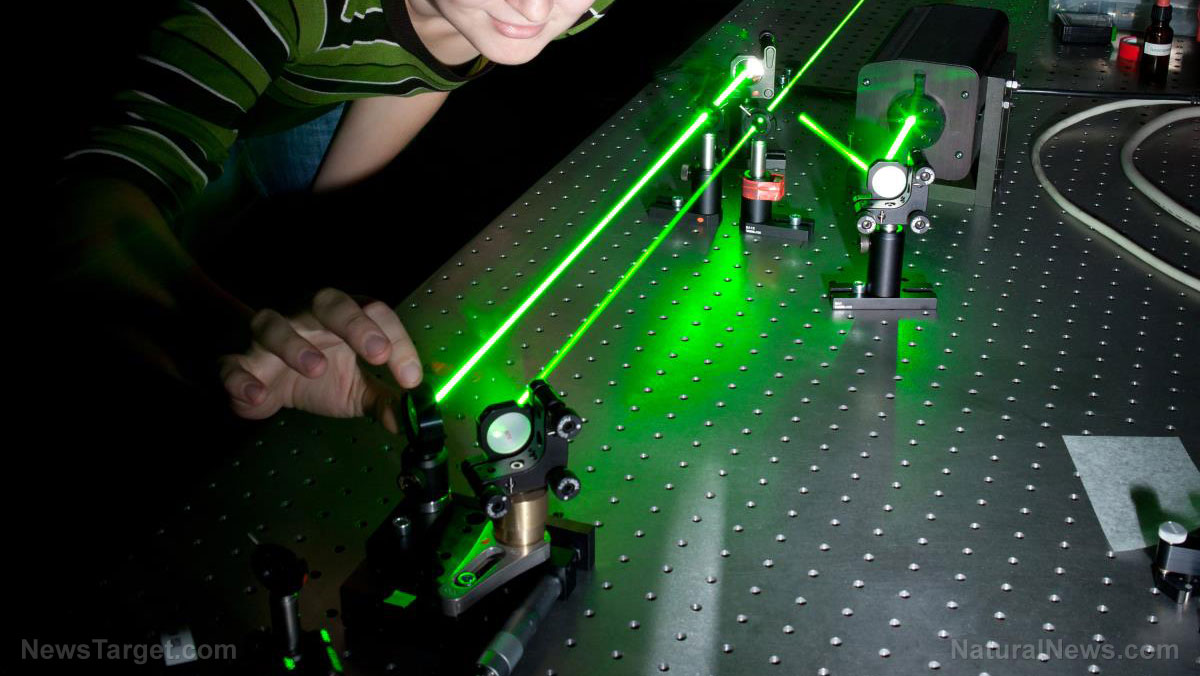
Advertisement
A laser can do many things, but Australian researchers have created one that can “sniff” out the faintest of odors from the air. An article in Science Daily detailed how the modified device can match the nose of a bloodhound when it comes to identifying different gases in a single sample.
The University of Adelaide (UA) researchers claimed that their device could match the sharpness and sensitivity of a bloodhound when it comes to distinguishing between different gases. Whereas the hunting dog uses olfactory nerves in its nose, the multicolored light from the laser is absorbed by the different gases. The resulting patterns of light absorption are studied.
During tests, it took less than a second to measure the amount of carbon dioxide in a sample. In addition to being swift, the results were reportedly precise and accurate.
Initial uses for the laser include keeping track of changes in the environment and spotting aerial contaminants from industrial pollution. With further refinement, it might become capable of identifying diseases by scanning the breath of patients for chemicals that indicated ill heath.
The Australian researchers published their findings in the journal Physical Review Applied. (Related: New laser-based system can locate small methane leaks in an area of several square miles.)
New laser uses optical frequency comb to “smell” different gases in the air
The UA laser is built around an “optical frequency comb,” a recently developed tool that can analyze different frequencies of light – also known as color – at high speed and with great accuracy. It relies on ultra-fast lasers that can emit quick and closely spaced pulses of light.

The technology was developed by a joint team of U.S. and German researchers, which included National Institute of Standards and Technology (NIST) researcher John Hall. They won the 2005 Nobel Prize in Physics for their work on laser-based precision spectroscopy, which included the optical frequency comb technique.
Optical frequency combs are used in optical atomic clocks to keep very accurate time. They are also used to take precise measurements of objects.
In the Australian-designed laser, the optical frequency comb released up to a million different colors of light at the same time. The special multicolored light was sent through the sample that contained multiple gases.
Each molecule of gas absorbed a certain set of colors. This distinct light absorption pattern demonstrated the presence of that particular gas in the sample.
Laser screening of human breath could identify diseases early on
Sarah Scholten, the lead author of the UA study, explained that the speed and accuracy of her team’s laser at measuring the composition of gases is unmatched. She believed that a refined version can be used outside of specialized facilities and in the field by non-specialist users.
Furthermore, the improved device could enable affordable surveillance and real-time analysis of gases. It could warn about sudden buildups of toxic gases like carbon dioxide.
“This first work aims at atmospheric monitoring, however, the technique is broadly applicable and offers an avenue for near-universal concentration measurements,” interjected Dr. Christopher Perrella of the UA, who assisted Scholten in her study.
The next step for Scholten and Perella’s team is to test their laser comb on human breath. Exhalation contains many more chemical gases, some of which might be caused by a health condition.
If the laser can successfully detect the gases produced by a disease, it could be used in the field of medicine as an unobtrusive way to find out if a potential patient was actually ill and did not know it.
Read more about developments in laser technology and applications at Science.news.
Sources include:
Submit a correction >>
This article may contain statements that reflect the opinion of the author
Advertisement
Advertisements















